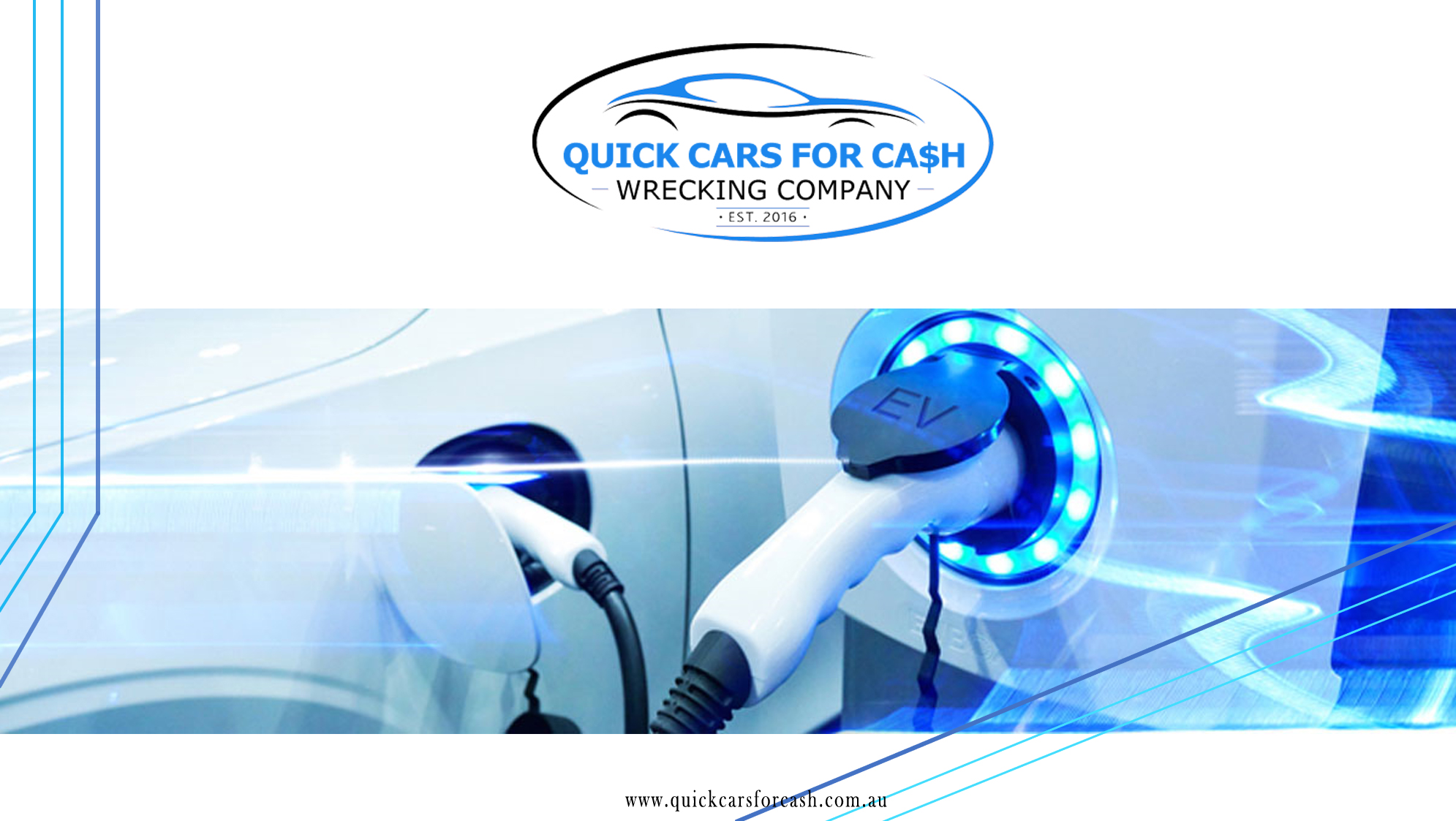
2019 will be a watershed year for standard electric cars in Australia
As indicated by Jaguar, 66% of Australians will drive electric cars inside the following ten years, and, as the Federal Election crusade has appeared, they’re by all account, not the only ones persuaded the electric upset is near.
A pack of new electric vehicles are expected in Australia in the following a year, from brands like Hyundai, Nissan, Audi and others. It’s an electric attack that could launch EVs from costly specialty items (we’re taking a gander at you BMW i3 and Tesla Model S) into genuine standard models with mass intrigue.
Hyundai uncovered two electric forms of its Kona little SUV in February, including an essential variation which offers a scope of 300km, and an all the more dominant variation with a bigger battery pack equipped for 500km per charge.
The two forms can have their batteries charged to 80 per cent in simply under an hour utilising a quick charger, or completely energised in 10 hours by connecting it to a standard electrical attachment.
Hyundai has affirmed the more extended territory Kona Electric could touch base in Australia in time for Christmas this year and has just been trying it in Australia to guarantee its undercarriage and suspension is best tuned for nearby conditions.
The Hyundai Kona Electric beginnings at $59,000, which speaks to a robust $20,990 markup over the most costly ignition engined Kona, the $39,000 Hyundai Kona Highlander 1.6 turbo,
Kia’s Sportage-sized e-Niro will land around the part of the arrangement, a range between energises of to 615km that will leave increasingly costly European models, for example, the Jaguar I-Pace and Mercedes-Benz EQC afterwards.
The e-Niro will likewise highlight independent back suspension, progressed regenerative braking innovation, battery warming for virus atmospheres, LED lighting all around, a 451-litre payload zone and Kia’s seven-year guarantee.
Anticipate that it should touch base around November with an around $55,000 sticker price.
The second-age of the all-electric Nissan Leaf hatchback goes on special in October with a $49,000 sticker price.
The new Nissan Leaf flaunts a 400km territory from a single charge and can be charged to 80 per cent in 40 minutes with a quick high-voltage charger.
Proprietors will likewise have the option to control their homes with their Leaf – in any event mostly to control apparatuses or as a reinforcement battery if there should be an occurrence of a power outage.
The Leaf sports a more ordinary inside than previously, with the primary contrast to the standard hatchback being its e-Pedal framework on the middle comfort, which enables the driver to flip among typical and high-power brake recovery – adequately allowing the drivers to quicken and brake by merely utilising the quickening agent pedal.
The Audi E-Tron, the organisation’s first mass-delivered EV, depends on a Q6 moderate size SUV and has a battery pack sending electrons to three engines (two at the back hub and one at the front) that consolidate to create 320kW and an astounding 800Nm of torque. This power drives each of the four wheels through a different electronic Quattro all-wheel-drive framework.
Audi says the E-Tron will go about 450km between charging, which will take as meagre as 30 minutes with a DC quick charger.
Due to European discharge toward the part of the arrangement, the Audi E-Tron is normal on Australian shores in mid-2019, evaluated around $140,000.
Set to touch base in Australia in the second-50% of 2019, the average size EQC SUV will cost between $100,000-150,000, making it an immediate adversary to the Tesla Model X 75D and Jaguar I-Pace S.
About a similar size as a Mercedes-Banz GLC-Class SUV, the EQC creates more power and torque than its rivals and drives through two electric engines (one for each pivot). That is sufficient to drive the 2425kg SUV from 0-100km/h in merely 5.1 seconds.
Mercedes-Benz says proprietors will probably accomplish an 80 per cent charge in around 40 minutes. Connecting the EQC to a Mercedes-Benz divider box (approx. $1700) at home will take between 10-11 hours to accomplish a full charge.
There’s still no unmistakable neighbourhood landing time for Tesla’s most reasonable model, yet right-hand drive generation is required to begin in the year.
The Model 3 is a streamlined, downsized rendition of the previous, and the two offer close to indistinguishable glasshouses and a correspondingly pleasing inside with the Model 3’s not precisely as productive.
Cost-cutting has occurred. In contrast to the Model S, the Model 3’s boot cover is currently manual. However, consolidated payload space is sensible at 425 litres, including a ‘frunk’ huge enough for a portable bag. More brilliant execution sees the 60/40 back seats lay level when collapsed, with no ventured floor like the Model S.
Sportier Long Range and Performance variations with double engines will have a 500km, while the two less expensive forms with less battery limit will get you 350km between charging.
Australian valuing is yet to be uncovered; however, anticipate that evaluating should begin underneath $60,000 for the standard model when it at long last arrives.